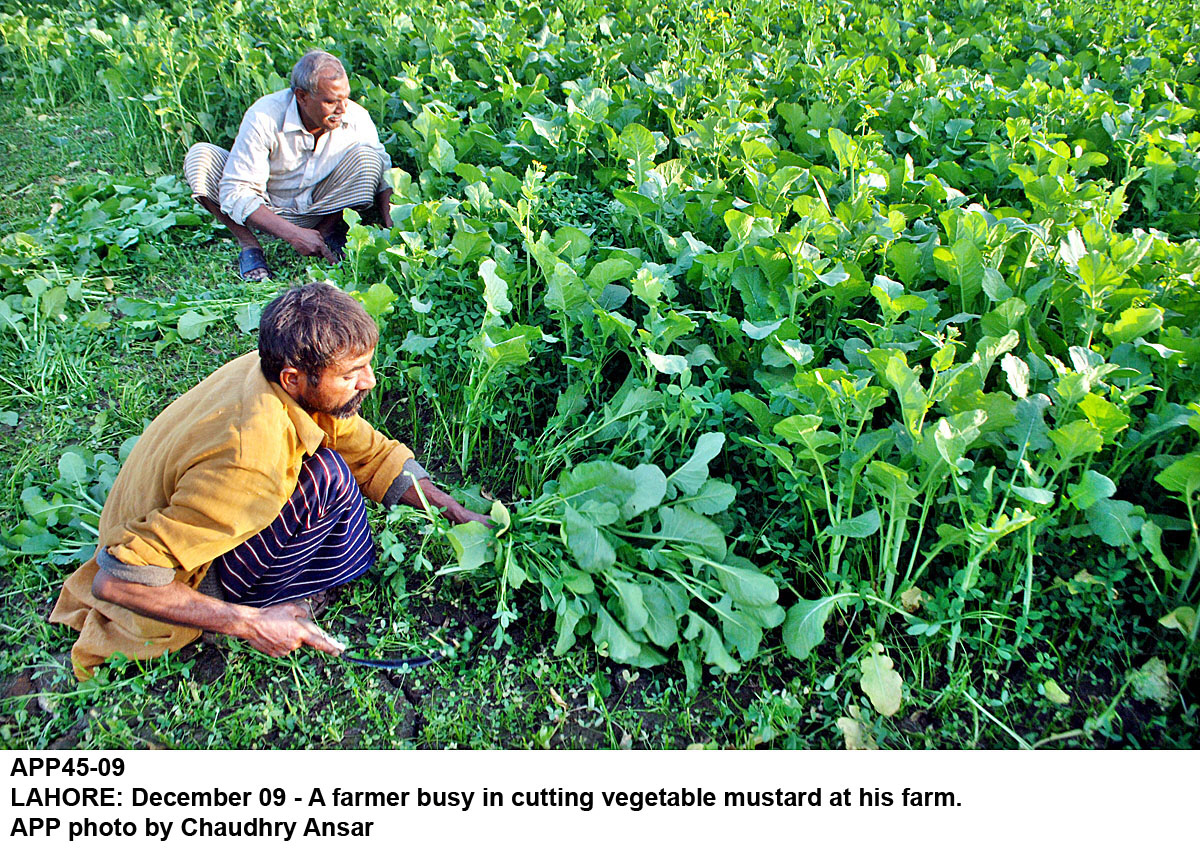
They were speaking at a panel on “Water and Food Security in South Asia in the Era of Climate Change” as part of the three-day “Pathways to Sustainable Development” conference, organised by the Sustainable Development Policy Institute (SDPI) on Thursday.
They said water in highland areas should be conserved in such a way that it could not affect crops in plain areas.

Prakash Tiwari, a professor at Uttarakhand’s Kumaun University said that the Himalaya had some of the biggest glaciers of the planet, which constitute headwaters of some of the largest trans-boundary river basins on earth.
He said that climate change was likely to cause disruption of hydrological regimes of the Himalayan watershed and change the discharge, volume and availability of water, which will increase frequency and severity of extreme events both in mountains and lowland.
He suggested restoring watershed through integrated land, forest and water management in groundwater recharge that improved availability of access to water for drinking and food production.
“Increased forest covers, community participation, creating livelihood opportunities and improved community access to institutions can help mitigate climate change,” he said.
Babar Shahbaz of the University of Agriculture Faisalabad in his presentation on climate change, agriculture and food security in the highlands with Kaghan Valley of Khyber-Pakhtunkhwa as case study, said that South Asia was highly vulnerable to climate change.
“Warming in the Himalayas is higher than global average coupled with mixed trend of rains in the mountainous region of Khyber-Pakhtunkhwa,” he said. He said there was a dearth of climate change studies in Pakistan and lack of climate stations. There were only 13-15 climate stations in Khyber-Pakhtunkhwa as compared to 500 in Switzerland.
He also highlighted socio cultural aspects of the vulnerability. He said the climate change had caused late arrival of winter, increase in temperature during winter, and decrease in rainfall in the Kaghan Valley. “There is no regular pattern of rainfall, and snowfall has decreased in the area,” he said. He said 85 percent people of the area had felt long term changes in climate but very few heard about the phenomenon. Besides, migration, changing pattern of cropping and changing food habits have led to food shortage and insecurity.
SDPI’s energy analyst Maha Kamal, while discussing the water-energy-food nexus, said that by 2050, the South Asia’s population was likely to exceed 2.2 billion from the current 1.5 billion.
“With an estimated 600 million people subsisting on less than $1.25 a day in South Asia, even small climate shocks can cause irreversible losses and tip a large number of people into destitution,” she said while citing a World Bank study.
Published in The Express Tribune, December 12th, 2014.












































COMMENTS
Comments are moderated and generally will be posted if they are on-topic and not abusive.
For more information, please see our Comments FAQ